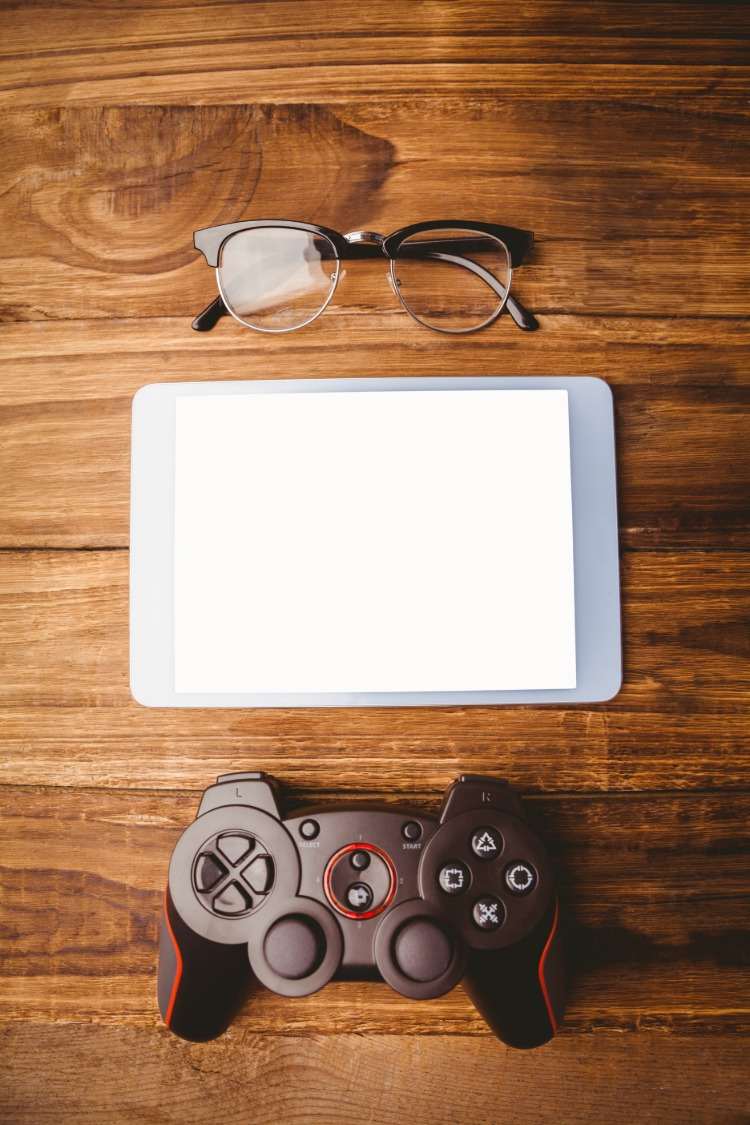Digital devices and video games improve mobility
Virtual reality in video games, digital devices, and other computing devices can help people stand and walk. This suggests the world's largest study on the effects of digital devices in rehabilitation. Participants used an average of four different digital devices in the hospital and two at home. Fitness watches and pedometers were the most commonly used digital devices. However, the researchers also tested these on people in hospitals and at home. It was a series of devices, such as Xbox, Wii and iPads, that made the exercises more interactive and enabled a remote connection with their physiotherapist.
Digital devices as a means of therapy

The study participants recovered from strokes, brain injuries, falls and fractures. The scientists conducted the study in hospitals. 300 patients between the ages of 18 and 101 participated. Those who used digital devices in addition to their usual rehabilitation had better mobility after three weeks and six months. It was all about walking, getting up and balance.
The study is not only the largest, but also very comprehensive in terms of the variety of devices. In addition, the type of device was selected for each participant so that it best meets the patient's walking and standing problems and takes their preferences into account.
The main author Dr. Leanne Hassett of the University of Sydney said that the benefits reported by patients using digital devices in rehabilitation included variety, fun, performance feedback, cognitive challenge, additional exercise, and the potential to use the devices with others.
research results

“These benefits meant that digital health care patients were more likely to continue therapy when and where it suited them,” said Dr. Hassett from the Faculty of Medicine and Health. Dr. Hassett von der said the results showed that people were young at heart when it came to devices.
“The participants loved the fitness watches. A woman asked to put one on in the middle of the night before going to the bathroom to make sure all her steps were counted, ”said Dr. Hassett, research assistant at the Institute for Musculoskeletal Health and lecturer in the discipline of physiotherapy.
“This model of rehabilitation therapy proved to be feasible and entertaining and showed that it can be used in various care settings, for example in post-hospital rehabilitation, with the physiotherapist providing mostly remote support.
“The study shows that future models of physical rehabilitation should consider incorporating digital devices to improve both inpatient and post-clinical rehabilitation.”

Digital devices included video games, monitors, and portable computing devices that should enable a higher therapy dose. Physiotherapists worked with participants to select the equipment that was best suited for each individual. Devices were used when the participants were in the hospital and after they returned home. The next step will be to test the approach in clinical practice. The researchers will include this in the work of physiotherapists. The recruitment for this is expected to take place in 12 to 18 months.
The post Digital devices and video games improve mobility appeared first on Deavita.com | Living ideas, design, hairstyles, make-up, lifestyle, health and beauty tips.





















